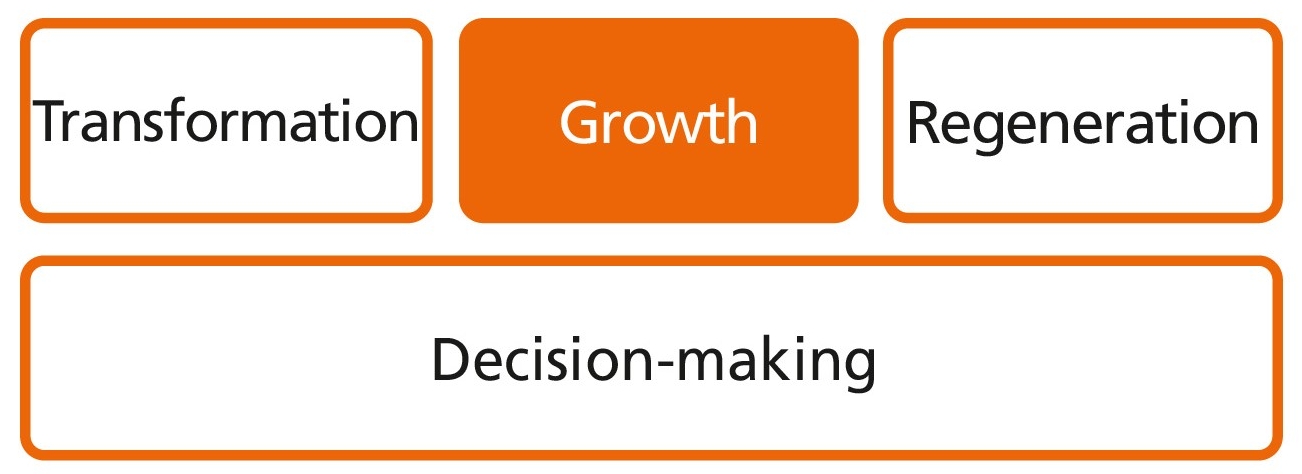What is the challenge?
Companies want to meet customer needs as well as possible. In doing so, the possibilities have often already been exhausted during product development. In the context of data-based value creation, the successful design of the service business is therefore an essential prerequisite for growth and competitive differentiation. In the manufacturing industry, for example, investments in digital technologies and data analyses are mainly monetized via services, so that 40 to 50 percent of sales can be generated with them in the future. The challenge, however, is to exploit new service and innovation potential with the help and on the basis of the increasing abundance of data.



